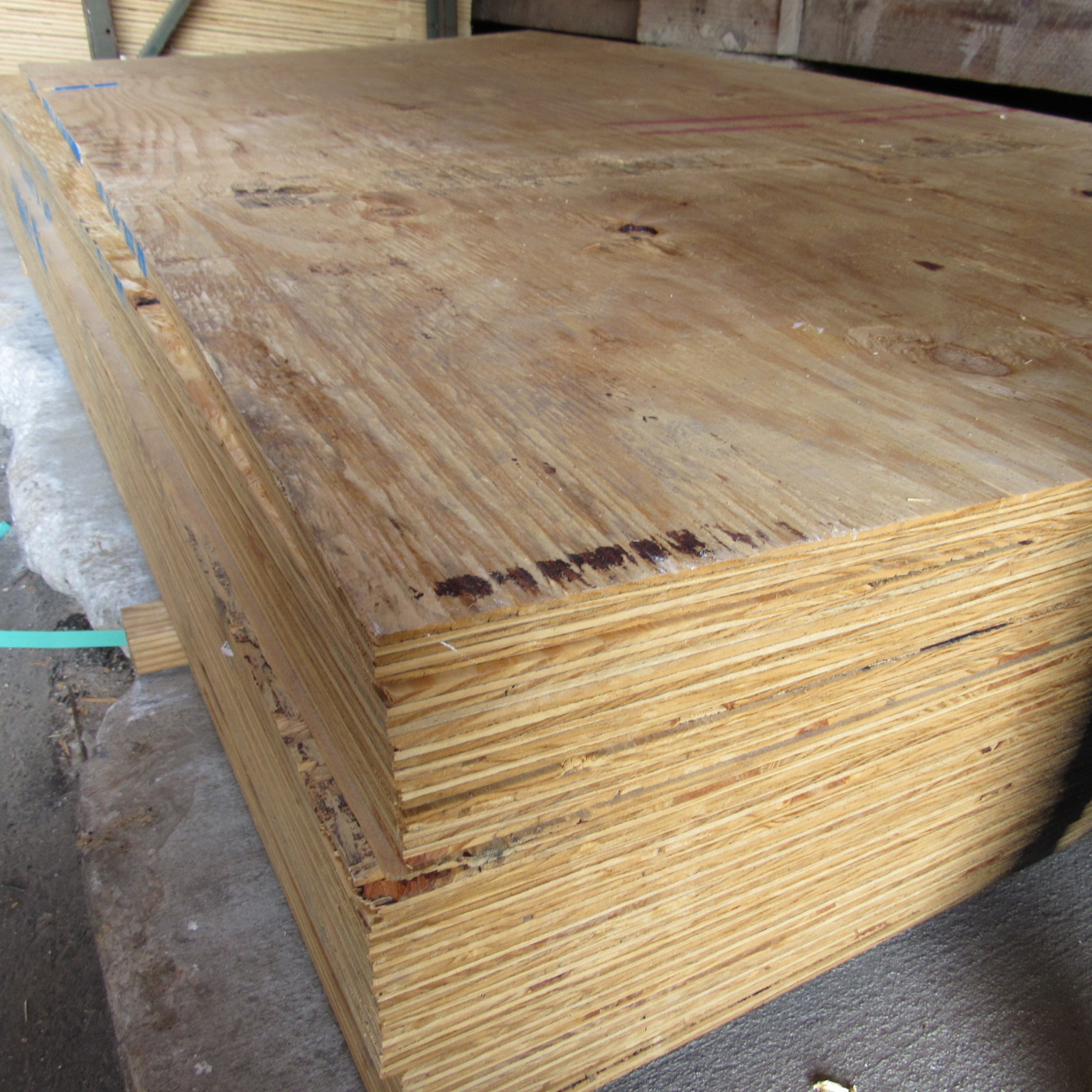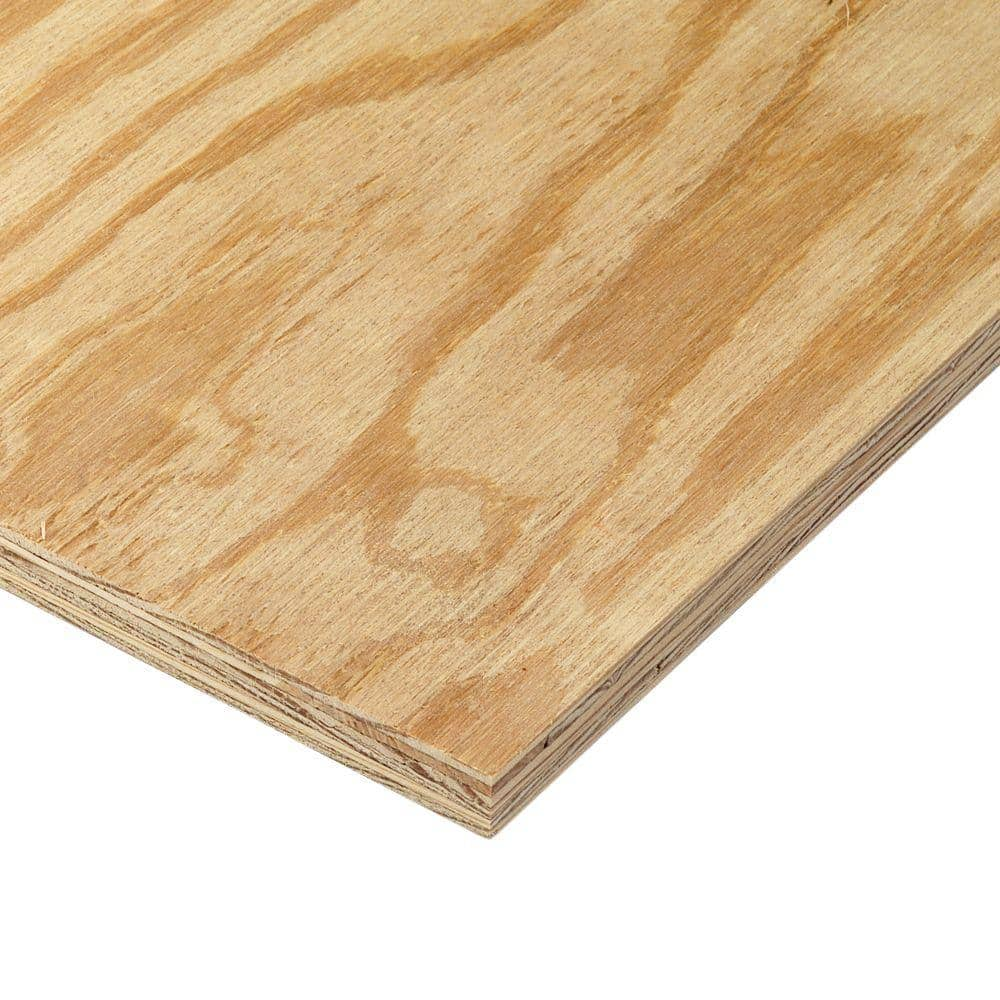In the realm of construction and woodworking, plywood stands as a versatile and widely used material, offering a balance of strength, affordability, and ease of workability. Among the diverse grades of plywood, CDX and BC plywood hold prominent positions, each catering to specific applications and requirements. Understanding the nuances of these two grades empowers individuals to make informed decisions when selecting plywood for their projects.
CDX Plywood: A Workhorse for Exterior Applications

CDX plywood, a popular choice for exterior applications, derives its name from the grading system used to evaluate plywood panels. The “C” denotes a face veneer with minor defects, such as knots and splits, while the “D” signifies a back veneer with slightly larger defects. The “X” indicates that the plywood is bonded with exterior-grade glue, making it suitable for outdoor use.
Key Features of CDX Plywood:
Exterior-grade Glue: CDX plywood is bonded with exterior-grade glue, ensuring durability and resistance to moisture and weather conditions.
Versatility: CDX plywood is widely used for various exterior applications, including sheathing, subflooring, and roof decks.
Affordability: CDX plywood is a relatively affordable option compared to other exterior plywood grades.
BC Plywood: A Smooth Surface for Interior Projects

BC plywood, primarily intended for interior applications, receives its designation from the grading system for plywood panels. The “B” denotes a face veneer with slightly larger defects than CDX plywood, while the “C” signifies a back veneer with larger defects. BC plywood is bonded with either interior-grade or exterior-grade glue, depending on the specific application.
Key Features of BC Plywood:
Smooth Surface: BC plywood offers a smoother surface compared to CDX plywood, making it suitable for applications where aesthetics are important.
Interior Use: BC plywood is primarily used for interior applications, such as wall paneling, cabinetry, and furniture making.
Variable Glue Grades: BC plywood can be bonded with either interior-grade or exterior-grade glue, depending on the specific application.
Comparing CDX and BC Plywood: A Side-by-Side Analysis
The table below summarizes the key differences between CDX and BC plywood:
| Feature | CDX Plywood | BC Plywood |
|---|---|---|
| Intended Use | Exterior Applications | Interior Applications |
| Face Veneer Grade | C | B |
| Back Veneer Grade | D | C |
| Glue Grade | Exterior-grade | Interior-grade or Exterior-grade |
| Surface Texture | Rough | Smooth |
| Applications | Sheathing, Subflooring, Roof Decks | Wall Paneling, Cabinetry, Furniture Making |
Choosing the Right Plywood: Matching Needs to Grades
The choice between CDX and BC plywood depends on the specific application and requirements of the project. For exterior applications where moisture resistance and durability are paramount, CDX plywood is the preferred choice. Conversely, for interior applications where a smooth surface and aesthetic appeal are important, BC plywood is the more suitable option.
Conclusion: Navigating the Plywood Landscape with Confidence
Understanding the nuances of CDX and BC plywood empowers individuals to make informed decisions when selecting plywood for their projects. Whether constructing an outdoor shed or crafting a piece of furniture, choosing the right plywood grade ensures optimal performance and a successful outcome.